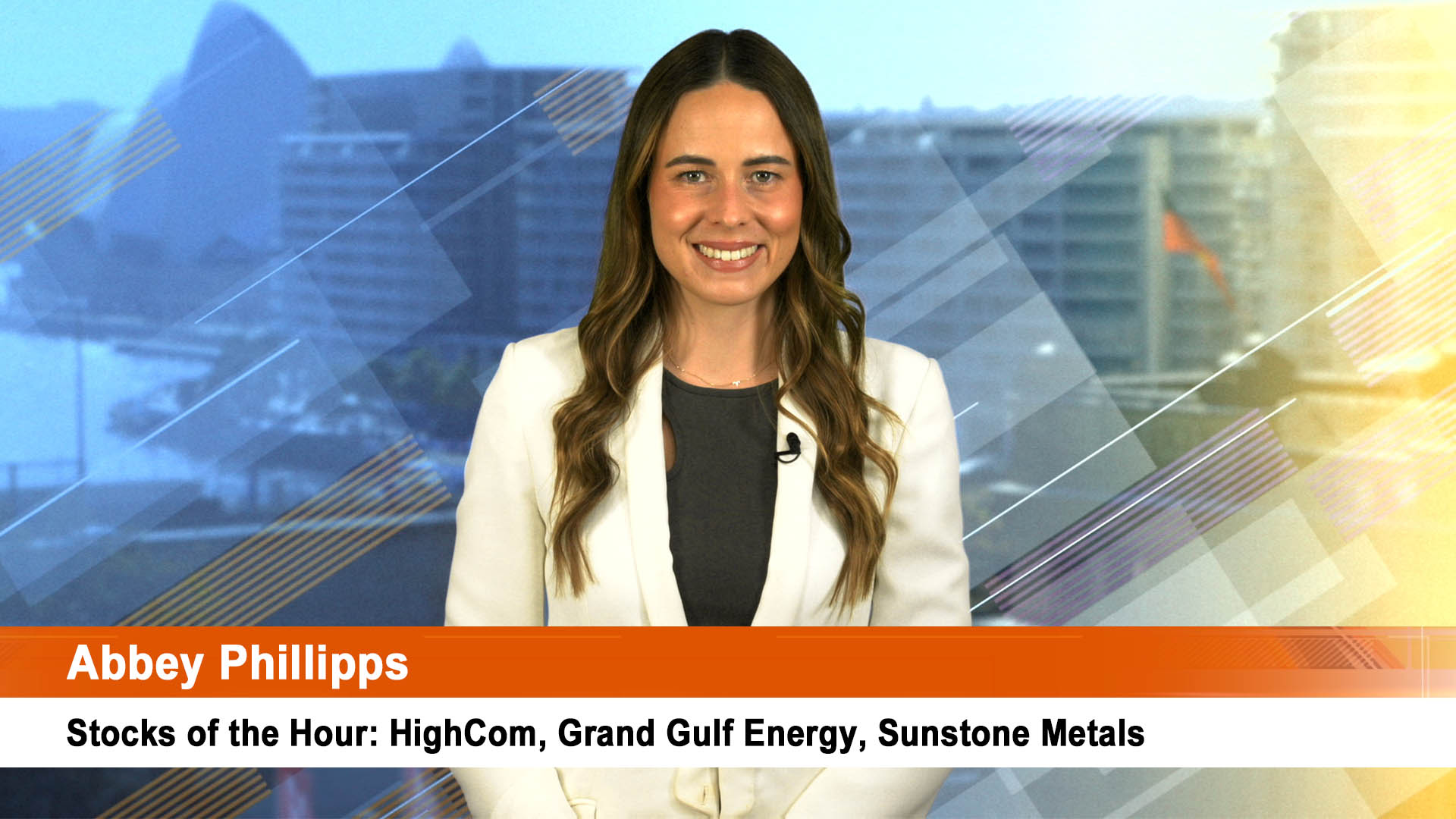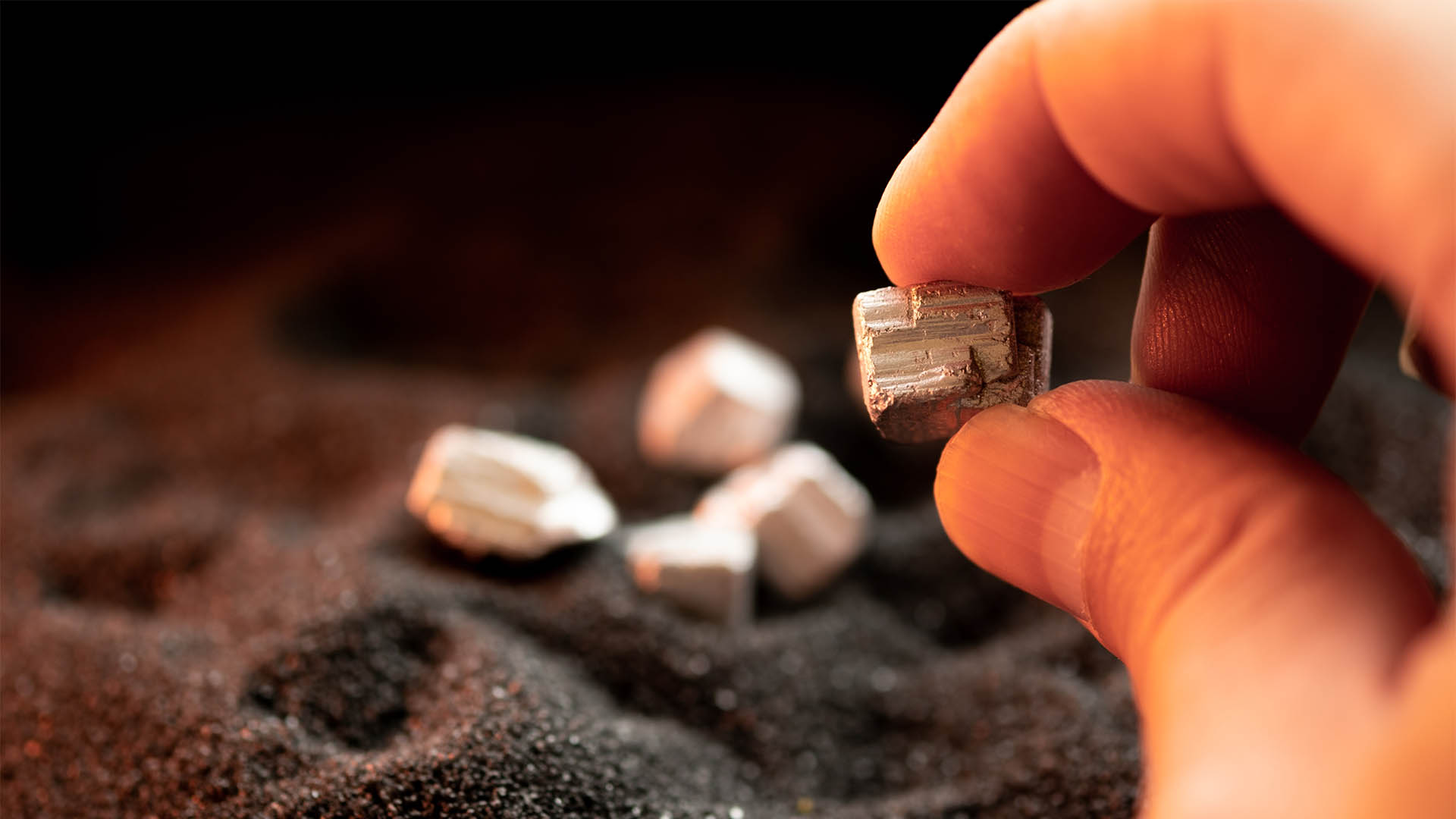Well, the hand wringers were out in force on Tuesday afternoon and evening telling us the weaker than expected trade data for July was a ‘concern’ or a ‘worry’ or indicated a slowdown.
So what about the inflation data for July which was very good news. Perhaps it does show slowing activity, or perhaps it does show the effect of rising inflation a year ago and falling inflation this year.
“Soft’ said the experts ignoring the small pick up in July from June.
Chinese producer price growth (PPI) was unchanged in July, in line with expectations it would remain steady and marking the longest stretch of unchanged readings since 2015 when it was in the midst of its long slide into deep deflation.
China’s National Bureau of Statistics the Producer Price Index recorded a steady year-on-year rise of 5.5% in July, unchanged from June’s pace and remaining at the equal-lowest level since December last year.
That’s a three-month streak at the same level. It is the longest since a stretch in 2015 in which the gauge recorded a negative reading of 5.9% for five consecutive months.
The PPI rose 0.2% in July from June, ending a three months of falls, with the Chinese National Bureau of Statistics attributing this to a rise in prices of commodities including steel and non-ferrous metals.
Commodity prices – especially iron ore, coal, soybeans, copper oil and the price of a wide ranged of finished products such as steel (including steel rebar, used in construction) started rebounding in June and have continued to rising through early August. (iron ore topped $US76 a tonne, a four month high on Monday of this week)
China claims to have eliminated around 120 million tonnes of low-grade steel capacity and 42.39 million tonnes of crude steel making capacity in the first half of the year, equivalent to 84% of its target for the whole year.
And it has told industry in various northern provinces that production of heavy polluting plants such as steel, metal smelting, cement, etc, will have to be cut to reduce pollution.
So far there has not been a repeat of the 276 day rule of last year which cut coal mining to 276 days in a year, a move that saw shortages, saw global and Chinese prices soar and led to fears of power shortages in a very cold winter which also happened to be the start of the year in which is a major battle for leadership positions for the next five years.
That seems to be partly behind the production cuts and restrictions ordered for some northern provinces, such as Hebei which is next door to Beijing and is a source of much of the pollution across the capital in late autumn and winter.
Meanwhile China’s consumer price index saw year-on-year growth of at 1.4% a bit under the forecast reading of 1.5%, unchanged from June.
Chinese consumer prices have now slowed sharply from the 25% annual rate seen in January when the New Year Festival and a cold winter boosted the prices of fresh foods.
In month on month terms consumer prices rose 0.1%, rebounding from a drop of 0.2% in June. Food prices, the biggest component of the consumer price index (CPI), fell 1.1% from prior year.
China has a CPI target of around 3% a year and a few months with the CPI around this level and it will look like disinflation is starting to take hold. A sharp fall in the PPI on top of any fall in the CPI back towards an annual reading of 1% would be a bigger worry than weaker than forecast trade data.
China’s economy has posted solid growth this year as commodity prices recovered, helping boost the industrial sector, while mild consumer price gains have left policymakers room to move should growth falter. But that looks uncertain.
Growth in the first half of the year was stronger than forecast, even as the government cracks down on excess capacity and corporate and local government debt and false statistics.













